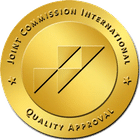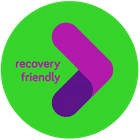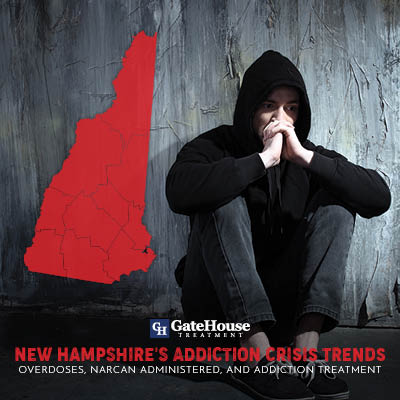
It’s no secret that New Hampshire is in the midst of an addiction epidemic of massive proportions. The addiction crisis is sweeping through all states and demographics. The addiction problem in this country has reached a crisis point, and drug-related deaths have surpassed car accidents as the leading cause of preventable deaths in the United States. New Hampshire has been hit particularly hard, and overwhelmingly residents of the Granite state say that ” drug misuse is the biggest problem facing the state.”
New Hampshire’s addiction crisis is deepened by the fact that while leading the nation in overdose deaths per capita, the state’s capacity to handle substance abuse disorder patients is lacking. The opioid overdose problem has overwhelmed health care providers in all aspects of healthcare so much that the chief medical examiner of New Hampshire is retiring to pursue a divinity degree in order to help counsel addicts before they end up in the morgue. When interviewed by the NY Times, Dr. Thomas Andrew said ” I’m not an alarmist by nature, but this is not overhyped. It has completely overwhelmed us.” The statistics that break down the addiction crisis in New Hampshire come straight from New Hampshire government sources, and are an accurate picture of how addiction is affecting every angle of New Hampshire. Some counties are harder hit than others, but behind every statistic is devastated families, friends, and loved ones. It’s important to recognize the gravity of the situation and the need to act.
Drug Overdose Deaths Broken Down By Counties in New Hampshire
The state tracked overdose deaths from over a 4 year period from 2013 to 2017 and found that Hillsborough County was the leading county all 4 years running for overdose deaths with 68, 106, 178, 199, and 158 deaths for 2013, 2014, 2015, 2016, and 2017 respectively. The age group with the largest number of drug overdose deaths is overwhelmingly men from ages 30-39, and they account for 27% of all recorded overdose deaths. A number of the deaths were attributed to fentanyl, but increasingly many of the deaths were tied to carfentanil, a much more deadly analog of fentanyl.
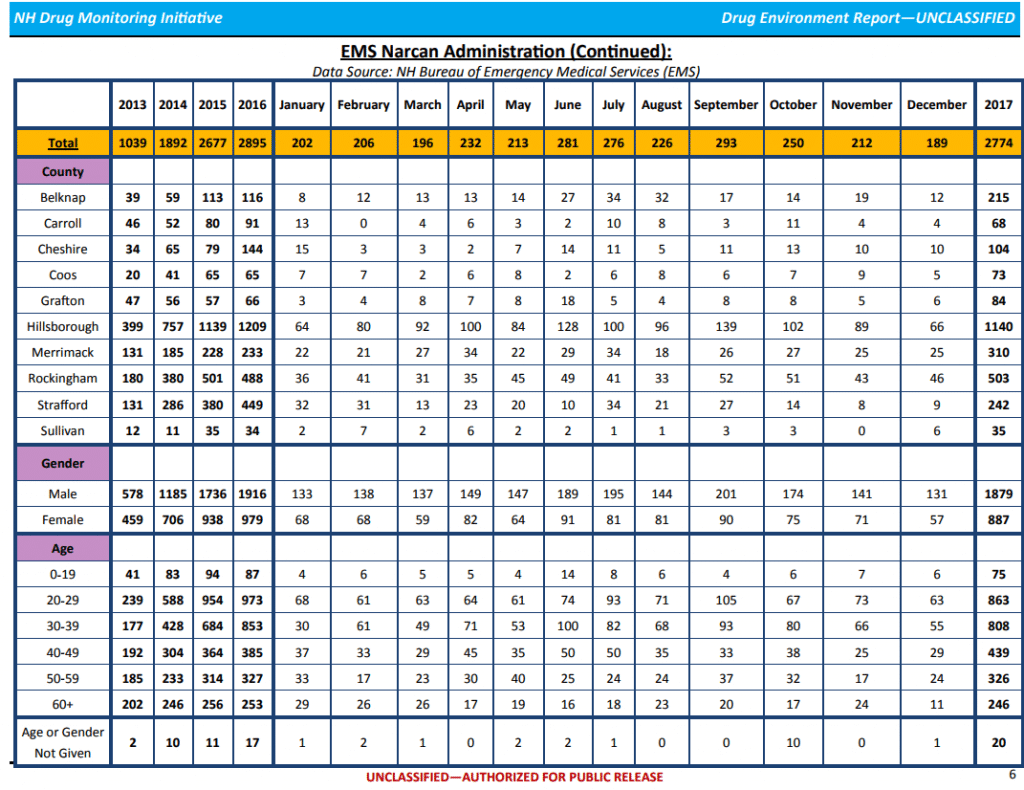
Narcan Administration Addiction Trends Broken Down By County
New Hampshire’s police officers and first responders are now allowed to administer narcan in cases of suspected overdose, and the policy is saving lives with 14,039 instances of Narcan being administered across all counties over the 4 year period. While Belknap county had the highest Narcan administration rate per capita with 35 incidents per 10,000 people, Hillsborough County had the highest number of Narcan uses each year by a significant margin. The age group with the largest number of EMS Narcan incidents is 20-29 which accounted for 31% of all Narcan incidents in 2017. It’s important to note that while this report tracked incidents where Narcan was used to bring someone back from an overdose, the study did not track how many doses of Narcan were administered per person. Increasingly potent drugs have led to more and more doses of Narcan being used in order to bring people back, and the lethality of the drugs involved is subject matter for a whole different discussion.
Thankfully, the increased access to Narcan is having an impact, and the state is seeing the benefit of having access to the lifesaving antidote. David Mara, NH’s adviser on addiction and behavioral health credits Narcan with saving thousands of lives and says ” … Those numbers are mostly due to the use of Narcan, or the numbers would be higher. Still, it means Narcan is making a difference.” It’s vital that New Hampshire continues to increase access to Narcan and other life-saving opiate overdose antidotes that can mean the difference between burying someone and giving them a chance at recovering from addiction.
Emergency Room Admissions Related to Drug Addiction Broken Down By County
In addition to tracking fatal overdoses, Narcan usage, the New Hampshire Drug Monitoring Initiative also tracked emergency room visits that were related to substance abuse disorders and drug addiction. Tracking emergency room visits is critical to determine a number of factors related to drug addiction, and quite often, is a point of care in which some type of interventionist healthcare options can be proposed. Outside of New Hampshire but not far from state borders, one hospital in Massachusetts is taking radical steps in introducing substance abuse treatment options to addicts while they’re in an emergency department setting with fantastic results to date. Again, the county wide data on opioid addiction in NH is overwhelmingly male with 3,452 ER visits for men, and 2,632 for women. The average age group with the highest number of emergency room visits related to opioid drug addiction was 20-29, with a noticeable increase in overall visits from 2016 to 2017.
Hillsborough County was again the county with the largest amount of emergency room admission related to opioids, and this data would run concurrently with the other two metrics of overdose deaths and Narcan administrations. However, based on population, Strafford County had the highest ER visits per capita with 71 visits per 10,000 population. While all of these statistics are alarming, an increase in emergency room visits can mean that people whom ordinarily would hesitate seeking medical care because of legal ramifications, are emboldened to do so because of new laws specifically put in place to help save their lives. Similar to the idea of New Hampshire Safe Stations, encouraging New Hampshire residents to seek treatment for an addiction disorder rather then hide it, is bound to help save lives.
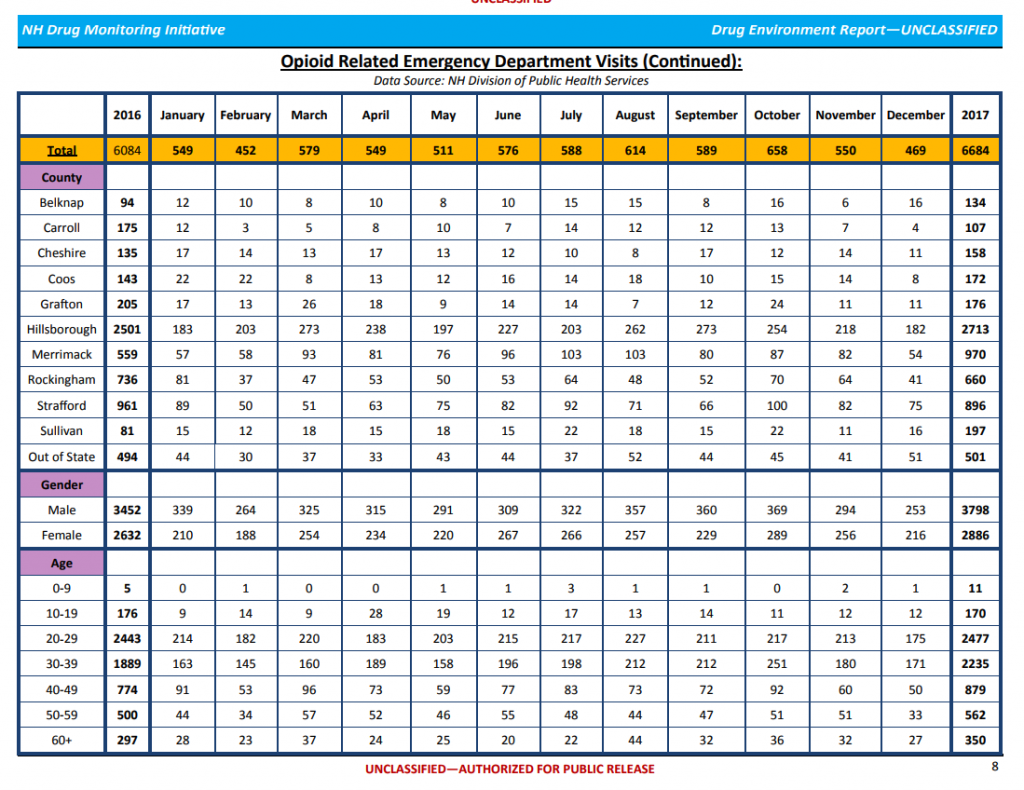
What’s the Solution to New Hampshire Counties’ Addiction Crisis?
The impacts of addiction as a whole on communities and counties aren’t something that needs to be extrapolated on as many in New Hampshire have firsthand experience with either a loved one or close friend dealing with some type of substance abuse disorder. The solution to the issue is complex and hotly debated, but we can all agree that providing education, resources, and increasing access to addiction treatment is imperative for New Hampshire. For many years, law enforcement and health care providers looked at addiction from two different perspectives, but thankfully that outdated approach of two distinct approaches is being replaced by a combined focus on helping people rather than punishing them. Expanding access to substance abuse counseling, drug rehabs, detoxes, inpatient addiction treatment programs, and many other initiatives focused on providing care to addicts is the route that New Hampshire will have to take to see any sort of meaningful impact on the addiction issue in New Hampshire.
- Cymbalta Withdrawal: Causes, Symptoms, And Management - October 12, 2023
- Boredom in Recovery: 5 Tips to Avoid Relapse - October 6, 2023
- Overconfidence and Rehab: Avoiding Relapse - October 4, 2023


